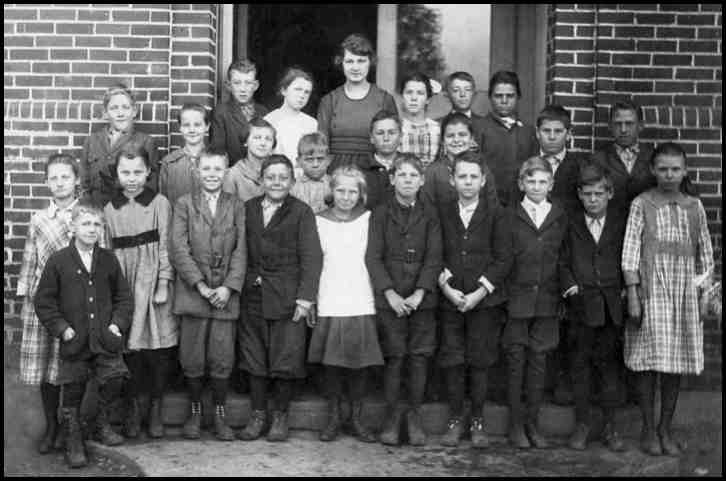Meeting and Greeting in Britain
The customs and rituals involved in greeting someone are often different from country to country. Situations can get very confusing, mostly when greeting is required between male and female, female and female or male and male. In this section, we’ll talk about how to greet people in Britain.

The British are said to be reserved in manners, dress and speech. They are famous for their politeness and self-discipline. British people may seem strict, indifferent and overly formal. In fact, they are friendly and helpful to foreigners.
How to greet someone
When meeting friends, the British often say a simple ‘hello’. The usual formal greeting is a ‘How do you do?’ and a firm handshake, but with a lighter touch between men and women. ‘How do you do?’ is a greeting not a question and the correct response is to repeat ‘How do you do?’. You say this when shaking hands with someone. Use last names and appropriate titles until specifically invited by your British hosts or colleagues to use their first names. British people sometime say ‘cheers’ instead of thank you, and you also may hear ‘cheers’ instead of ‘good bye’.
The handshake
A handshake is the most common form of greeting and is customary when you are introduced to somebody new. The British usually shake hands only when they meet for the first time or if it is a formal situation (at work for example). When shaking hands, shake hand with everyone present and shake hands again when leaving. Handshakes are light, not firm and women should extend their hand to men first.
The kiss
If it’s a friend or casual acquaintance British people hug or make one kiss on the cheek. Social kissing, often just a peck on the cheek, is common in an informal situation between men and women and also between women who know each other very well. In Britain one kiss is generally enough!
Body Language
Hugging, kissing and touching are usually reserved for family members and very close friends. The British like a certain amount of personal space. Do not stand too close to another person or put your arm around someone’s shoulder.
Greeting a member of The Royal Family
There are no obligatory codes of behaviour when meeting The Queen or a member of the Royal Family, but many people wish to observe the traditional forms. For men this is a neck bow (from the head only) whilst women do a small curtsy. Other people prefer simply to shake hands in the usual way. On presentation to The Queen, the correct formal address is ‘Your Majesty’ and subsequently ‘Ma’am’.
For male members of the Royal Family the same rules apply, with the title used in the first instance being ‘Your Royal Highness’ and subsequently ‘Sir’. For other female members of the Royal Family the first address is conventionally ‘Your Royal Highness’ followed by ‘Ma’am’ in later conversation.
Greeting and meeting in Hungary
Hungarians can be reserved on a first meeting, but tend to be open in more social situations. Hungarians who are close friends or relatives typically meet by kissing lightly on each cheek, starting with the left. In more formal circumstances, meeting and greeting is much more traditional. When men meet for the first time, the casual norm is a firm handshake. Handshakes and maintaining eye contact are considered normal proper etiquette. Men should always wait for women to extend their hand first when greeting. The older generation may still bow to woman.
Vocabulary
custom | szokás |
ritual | rituálé |
to be involved in | itt: valamit érintő |
confusing | zavarba ejtő |
to be required | igényelt, szükséges |
reserved | visszahúzódó |
manner | illem, modor |
speech | beszéd |
politeness | udvariasság |
self-discipline | önfegyelem |
indifferent | közömbös |
overly formal | túlságosan formális |
appropriate | megfelelő |
specifically | különösképpen |
customary | szokásos |
acquaintance | ismerős |
to hug | ölelni |
peck | puszi |
obligatory | kötelező |
behaviour | viselkedés |
to observe | megfigyelni |
bow | meghajlás, bólintás |
curtsy | bók térdhajlással |
subsequently | ezt követően |
to apply a rule | egy szabályt alkalmazni |
conventionally | konvencionálisan |
to tend to | valamire hajlamosnak lenni |
circumstances | körülmények |
to maintain | megtartani, fenntartani |
proper | megfelelő |





